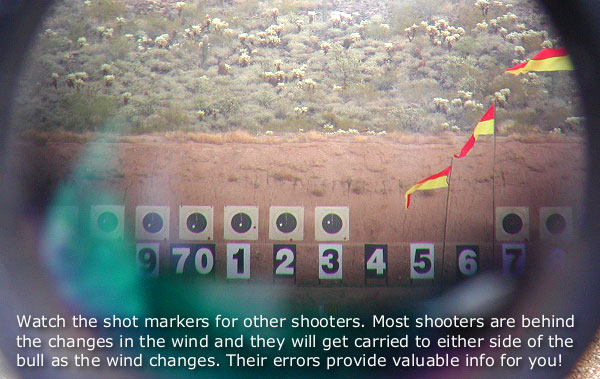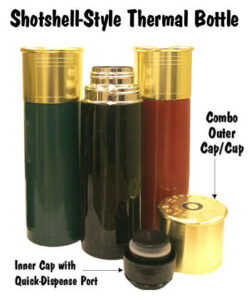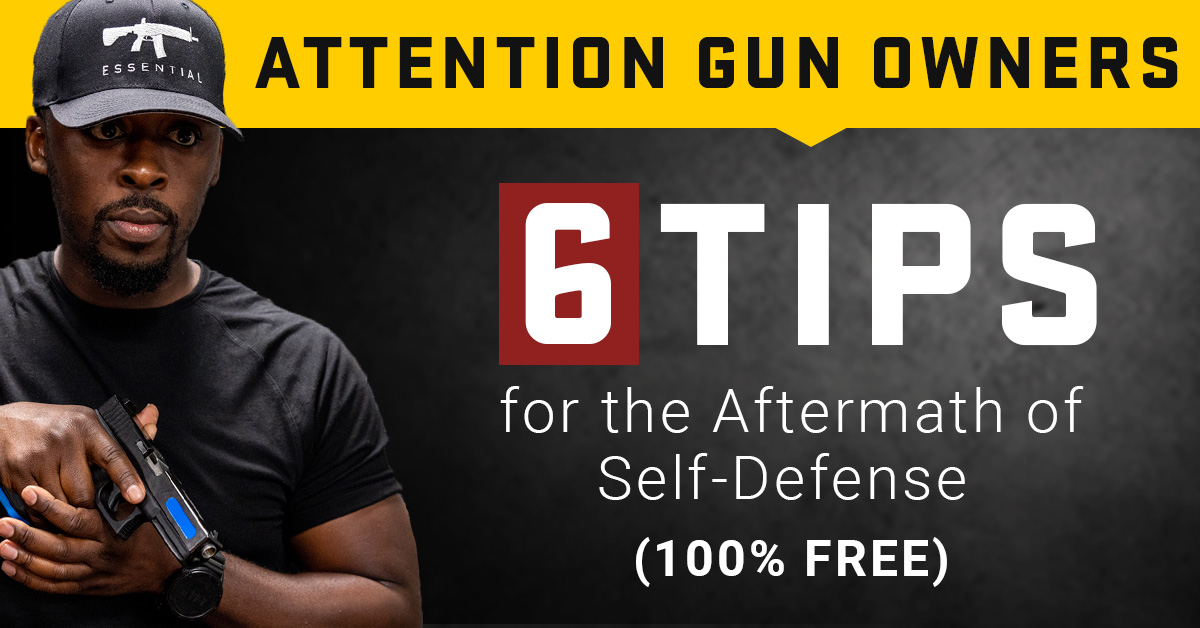You’ll need to be able to read the wind well in order for you to succeed at long-range shooting competitions, especially with the level of competition that exists today. We’ve found a great article by SFC Emil Praslick III (retired USAMU Service Rifle Coach and U.S. palma Team Coach) that can help you improve your wind reading skills.
Emil Praslick is a retired U.S. Army officer who is considered to be one of the top wind experts in the United States if not the entire world. During his time with the USAMU, he wrote an excellent two-part piece on wind reading. It is available on the CMP website (Civilian Marksmanship Program). Both articles are full of useful illustrations and are a “must read” resource for any long-range competitor, not just Service Rifle or Highpower competitors.
Click here to read articles:
Reading the Wind (Part Two)
Part One focuses on basic principles, strategies, and tactics with a particular focus on the 200 yard stages. Emil writes: “There is as much to ‘wind-reading’ as there are stages in High Power competition. Your tactical philosophy or mindset must be different between the 200-yard and 300-yard rapid-fire stages, as well as the 600-yard slow-fire. You can adjust windage by using the location of your previous shot to guide you. “Also, any changes to the current conditions can be identified before shooting the next shot.”
In Part Two of his book, Praslick explains in more detail the key principles for wind zeros, reading the wind, and using the Clock System to determine wind values. “The Value of wind is just as important as the speed when determining the proper windage on the rifle. No Value is a 10 MPH wind at ’12 o’clock’. It will not affect the bullet’s flight. A 10 MPH from ‘3 O’clock’ would be classified as a Full Value. If you fail to correct for Full Value winds, the result will be less than desirable.”
Praslick explains also how to identify MIRAGE and evaluate it:
The mirage can be determined by determining its accuracy. Mirage is a reflection of light in layers of air with different temperatures from the ground. These layers are blown around by the wind, and can be monitored for wind speed and direction.
Focus your scope halfway between you and the target. This will make mirage more visible. When using mirage to read the wind, I cannot stress enough how important it is to have experience. To become proficient at using mirage, it is best to correlate its appearance with a known condition. This baseline can be used to compare changes in mirage with changes in wind value. Above all else, you must master this skill!
Click HERE to read more excellent articles by Emil Praslick, USAMU Coaches, and shooters.

















